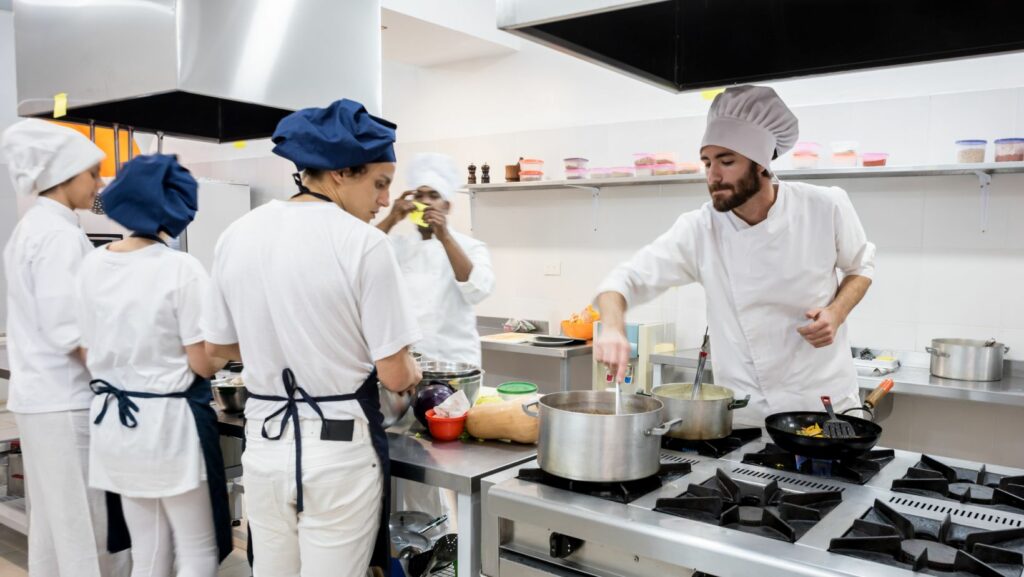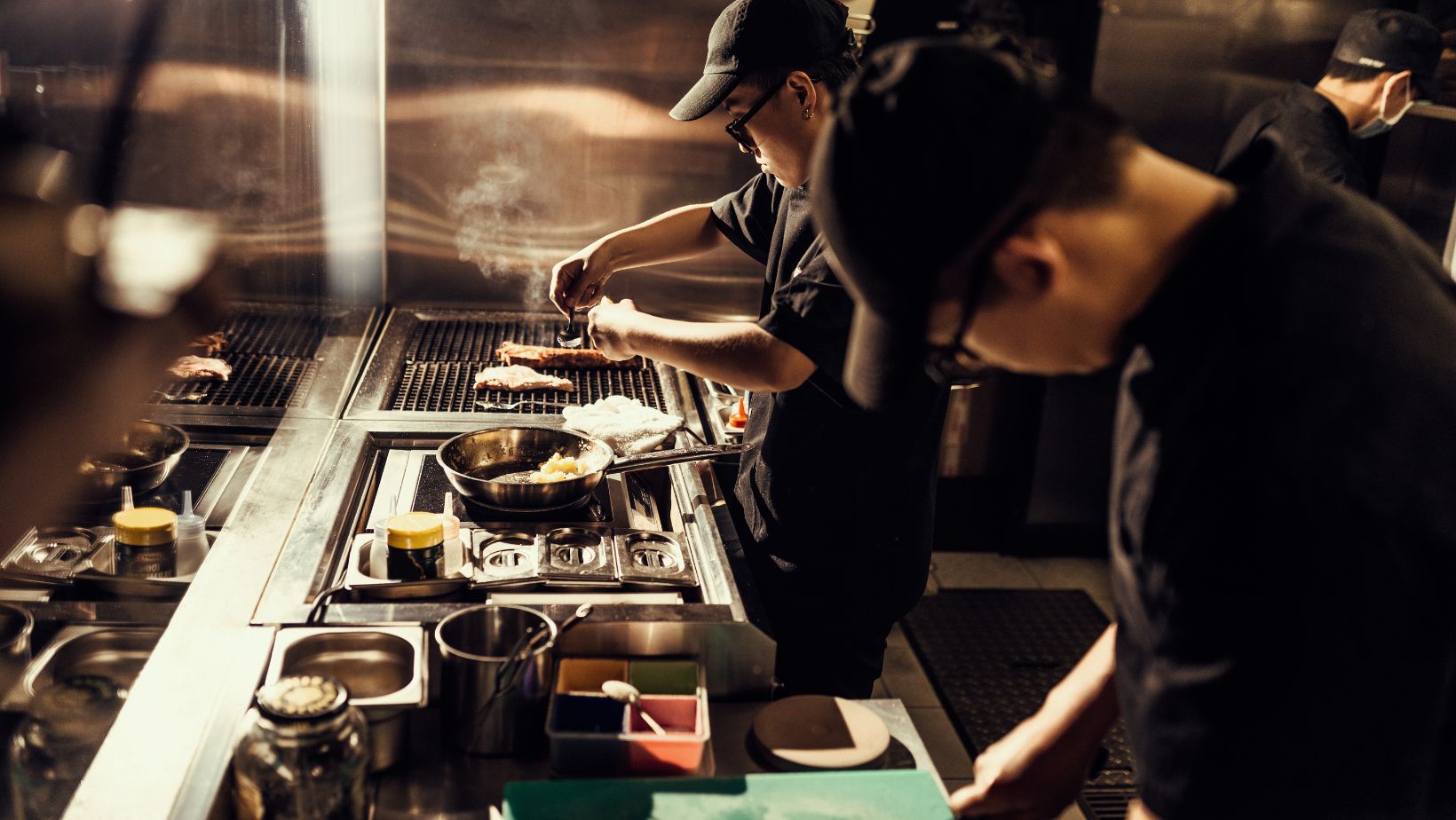
Efficiently and Safely of a Food Handler Fills Two Containers With Sliced Tomatoes
A Food Handler Fills Two Containers With Sliced Tomatoes
As a seasoned food handler, I’ve had my fair share of interesting and challenging tasks in the kitchen. One particular task that often comes my way is filling two containers with freshly sliced tomatoes. It may seem like a simple task, but there are a few key factors to consider to ensure food safety and efficiency. In this article, I’ll share my expert insights on how to tackle this task with ease and precision, ensuring that the tomatoes stay fresh and ready for use in any culinary creation.
When it comes to filling two containers with sliced tomatoes, it’s crucial to start with the right equipment. I’ve found that using sharp knives and sturdy cutting boards can make all the difference in achieving consistent and uniform slices. Additionally, having two clean and sanitized containers at the ready will help streamline the process and prevent any cross-contamination between the tomatoes.
Timing is another important aspect to consider when filling two containers with sliced tomatoes. To ensure optimal freshness, I recommend slicing the tomatoes just before they are needed. This way, you can minimize the risk of the tomatoes becoming mushy or losing their flavor. By planning ahead and timing your slicing accordingly, you can guarantee that the tomatoes will be at their peak when it’s time to use them in your culinary creations.

Understanding the Role of a Food Handler
As a food handler, I play a crucial role in ensuring the safety and quality of the food that is being prepared and served. In the context of filling two containers with sliced tomatoes, it is important to understand the responsibilities of a food handler and the training and certification requirements that come with this role.
Responsibilities of a Food Handler
As a food handler, I have several important responsibilities to ensure the safe handling of food. These responsibilities include:
- Maintaining clean and sanitized work areas: It is essential to keep the cutting boards, knives, and other utensils used for slicing tomatoes clean and sanitized to prevent cross-contamination. Regular cleaning and sanitizing routines should be followed to maintain a hygienic work environment.
- Practicing proper food handling techniques: I must adhere to proper food handling techniques, such as washing my hands thoroughly before and after handling food, using gloves when necessary, and avoiding touching ready-to-eat food with bare hands. These practices help minimize the risk of foodborne illnesses.
- Ensuring proper storage conditions: After slicing the tomatoes, I must store them in clean and sanitized containers, following appropriate temperature guidelines. This helps maintain the freshness and quality of the tomatoes and reduces the risk of bacterial growth.
- Adhering to time and temperature controls: Timing is crucial when it comes to filling containers with sliced tomatoes. I should slice the tomatoes just before they are needed to ensure optimal freshness. Additionally, I must be aware of temperature controls, ensuring that the tomatoes are stored at the correct temperature to prevent spoilage.
Training and Certification Requirements
To become a food handler, I must undergo specific training and obtain the necessary certifications. These requirements may vary depending on the region or jurisdiction, but generally include the following:
- Food safety training: I need to complete a food safety training course that covers topics such as proper food handling, personal hygiene, cross-contamination prevention, and temperature control. This training equips me with the knowledge and skills needed to handle food safely.
- Certification: After completing the food safety training, I may be required to pass a certification exam to demonstrate my understanding of food safety principles. This certification serves as proof that I have met the necessary requirements to handle food safely.
- Renewal and ongoing education: Food handler certifications are typically valid for a certain period and may require renewal. Additionally, it is important for me to stay updated on the latest food safety regulations and best practices through ongoing education and training.
By understanding the responsibilities of a food handler and meeting the training and certification requirements, I can ensure that the sliced tomatoes I fill into the two containers are safe and of high quality. This knowledge and expertise contribute to maintaining food safety standards and protecting the health of those who consume the food.





